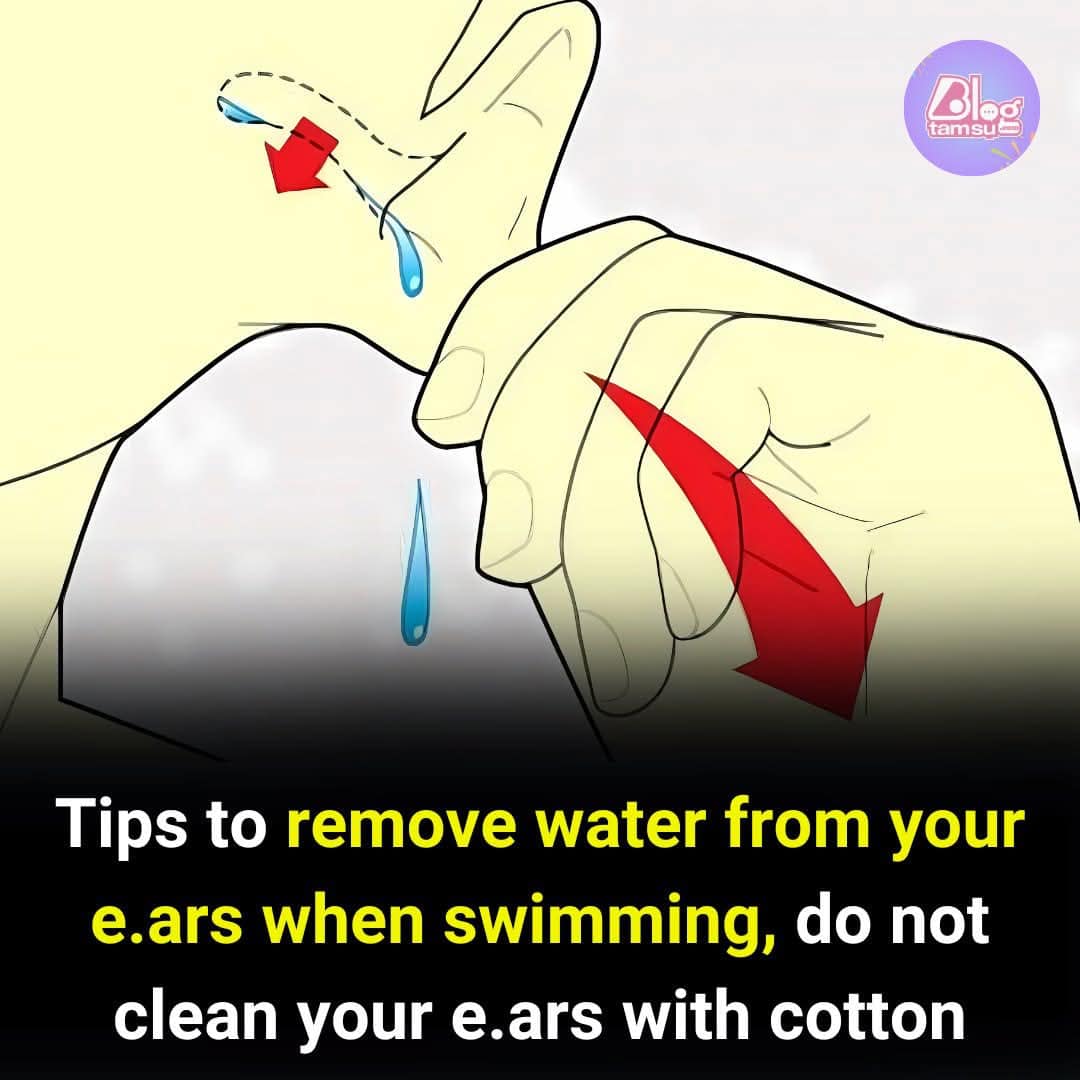Discover safe and effective methods to remove water from your ears post-swim, preventing discomfort and potential infections.
Experiencing water trapped in your ears after a refreshing swim can be both annoying and uncomfortable. If not addressed promptly, it can lead to infections such as those in the swimmer’s ear. Fortunately, there are several safe and effective techniques to help remove water from your ears and prevent potential complications.
1. Gravity and Jiggling Technique

One of the simplest methods to dislodge water from your ear is by utilizing gravity:
- Tilt Your Head: Lean your head to the side so that the affected ear faces downward.
- Gently Tug Your Earlobe: Lightly pull on your earlobe to straighten the ear canal, facilitating the drainage of trapped water.
This method can effectively encourage water to flow out naturally.
2. Creating a Vacuum

Another technique involves creating a gentle vacuum to draw the water out:
- Cup Your Palm Over the Ear: Press your palm tightly against the affected ear to form a seal.
- Push and Release: Gently push your hand back and forth towards your ear in a rapid motion. This action can create a slight vacuum effect, helping to dislodge the trapped water.
Remember to keep your head tilted sideways during this process to allow gravity to assist in draining the water.
3. The Valsalva Maneuver

This method can help open the Eustachian tubes, releasing any water trapped in the middle ear:
- Pinch Your Nostrils: Close your nostrils with your fingers.
- Close Your Mouth: Ensure your mouth is shut.
- Gently Blow: Exhale softly through your nose. This action can equalize pressure and may help expel water from the ear.
Be cautious not to blow too hard to avoid damaging your eardrum.
4. Using Heat Therapy

Applying warmth can help evaporate trapped water:
- Warm Compress: Soak a washcloth in warm water, wring out the excess, and place it against the affected ear for about 30 seconds.
- Repeat as Needed: After a short break, repeat the process a few times.
This method can help open the Eustachian tube, allowing trapped water to escape.
5. Over-the-Counter Ear Drops

If home remedies are ineffective, consider using over-the-counter ear drops designed to dry out excess moisture:
- Alcohol-Based Drops: These can help evaporate water and reduce the risk of bacterial growth.
- Follow Instructions: Always adhere to the guidelines provided with the ear drops to ensure safe usage.
Consult a healthcare professional before using ear drops, especially if you have existing ear conditions.
Preventive Measures
To minimize the chances of water getting trapped in your ears:
- Use Earplugs: Wearing earplugs while swimming can effectively prevent water from entering the ear canal.
- Wear a Swim Cap: A snug-fitting swim cap can provide an additional layer of protection against water entering your ears.
- Dry Ears Thoroughly: After swimming, gently dry your ears with a towel and tilt your head to each side to facilitate water drainage.
Implementing these preventive measures can significantly reduce the risk of water becoming trapped in your ears.
If you experience any of the following symptoms, it’s advisable to consult a healthcare professional:
- Persistent Water Sensation: Feeling of water trapped in the ear lasting more than a few days.
- Pain or Discomfort: Ear pain, itching, or discharge.
- Hearing Loss: Reduced or muffled hearing.
These symptoms could indicate an infection or other ear-related issues that require medical intervention.
By employing these techniques and preventive strategies, you can enjoy swimming without the discomfort of water trapped in your ears.
